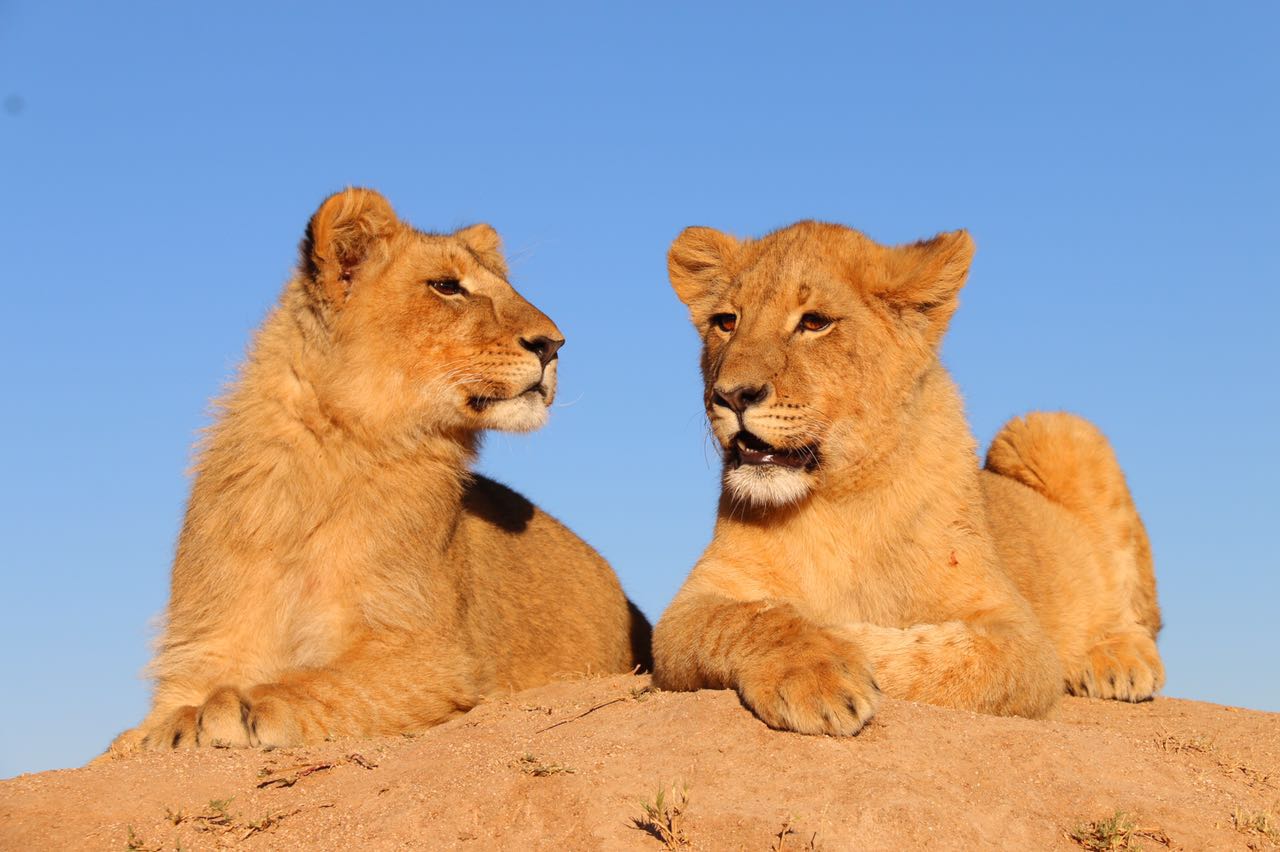By Byron Mutingwende
Talk of the beauty of wildlife in Gweru, the capital of the Midlands Province and all roads lead to Antelope Park just a few kilometres outside the city. The dusty road leading to the place is ever busy with traffic as people of all races flock to the private game reserve to catch a glimpse of wild animals, particularly the African lion whose population has been dwindling since the 1970s.
On arrival at the game reserve, visitors are treated to sweet music as the atmosphere changes to the serene and beautiful natural scenery of green Savannah vegetation mingled with wild animals that appear to be in harmony with humans.
Gary Jones, the Antelope Park General Manager, addressed journalists on a media tour organised by the Zimbabwe Tourism Authority (ZTA) about the background of the private game reserve.
The animal lover explained that Antelope Park is a bush camp that provides five-star services although its general rating stands at three. Indeed it is an exciting destination with excellent outdoor lodges and a superb game viewing services. Of interest is the effort of Antelope Park towards conserving the African lion whose population is dwindling on the continent.
“The lion is a symbol of Africa. However, the African lion is in trouble and if nothing is done as a matter of urgency, future generations might not be able to see the species. We are trying to conserve this species. Here, we have over 120 lions at various stages of growth.
“In the 1970s, the population of the African lion ranged between 250 000 to 350 000 but sadly the population now ranges between 15 000 and 25 000 which is less than 10% of what it was a few decades ago, hence our conservation project,” Jones said.
Jones said the lion plays a pivotal role in the ecosystem since it is the top predator in the jungle and therefore acts as the head of the food chain. The lion takes the weak animals out by killing them and fulfils the law of the jungle on survival of the fittest.
“The lion is a biological filter since it keeps a check on diseases like foot and mouth. It attacks weak animals affected by diseases but its genetic make-up is such that it is not affected by the meat of the sick animal that it eats,” Jones said.
The conservationist said the lion population was dwindling due to the human-wildlife conflict. As farmers encroach on wildlife areas, the lions kill cattle. In response some farmers end up poisoning the lions with dangerous chemicals like cyanide as what happened in some national parks where elephants were killed.
“We have a pilot project towards addressing the conflict between humans and wildlife in Chizarira. In the area, lions were killing livestock. Researchers from Oxford University that we are partnering with are protecting cattle kraals by putting highly reflective white plastics around the kraals. The reflection chases away lions and hyenas and people’s livestock is protected that way.”
In trying to increase the lion population in the wild, Irikidzai Ndandazi, the Operations Manager of Antelope Park said the game reserve had embarked on a four-staged lion rehabilitation programme.
“We take cubs from their enclosures on walks so as to horn their hunting skills. The cubs are not taught to hunt but they use their instincts. At 18 months they will be too big for us to walk them. We go on night encounters to hunt with them as they round up their hunting skills. Later, they are put into prides depending on their behaviours and age. The pride is then put into the second stage known as the release site (manageable ecosystem) where they will hunt on their own. There will be no more human contact and we will test the pride to ensure they are self-sustaining and socially stable,” Ndandazi said.
He said that the lions would end up reproducing their own cubs that they will raise in the semi-wild environment. They are aiming to take cubs only and release them into the wild and not their parents.
The conservation project is benefitting locals. At Bunina Primary and Secondary schools as well as Julina Secondary School, Antelope Park built some classroom blocks, computer centres and libraries. In Gweru town centre, it is also supporting a boys’ orphanage – a programme started six years ago. On top of that, it also helps 70 street-kids with counselling and places some in orphanages. Six of the street-kids were re-united with their families. Two of the street-kids are now at university.
Animal conservationists from Europe and America are also volunteering in the conservation project while some are helping the communities with teaching and nursing skills at local schools and clinics.
Wildlife is a big source of economic activity and tourism hence its conservation is of paramount importance. However, initiatives like the Communal Management Programme for Indigenous Resources (CAMPFIRE) was blamed for its weak ecological and monitoring systems for both wildlife population and hunting operation.
